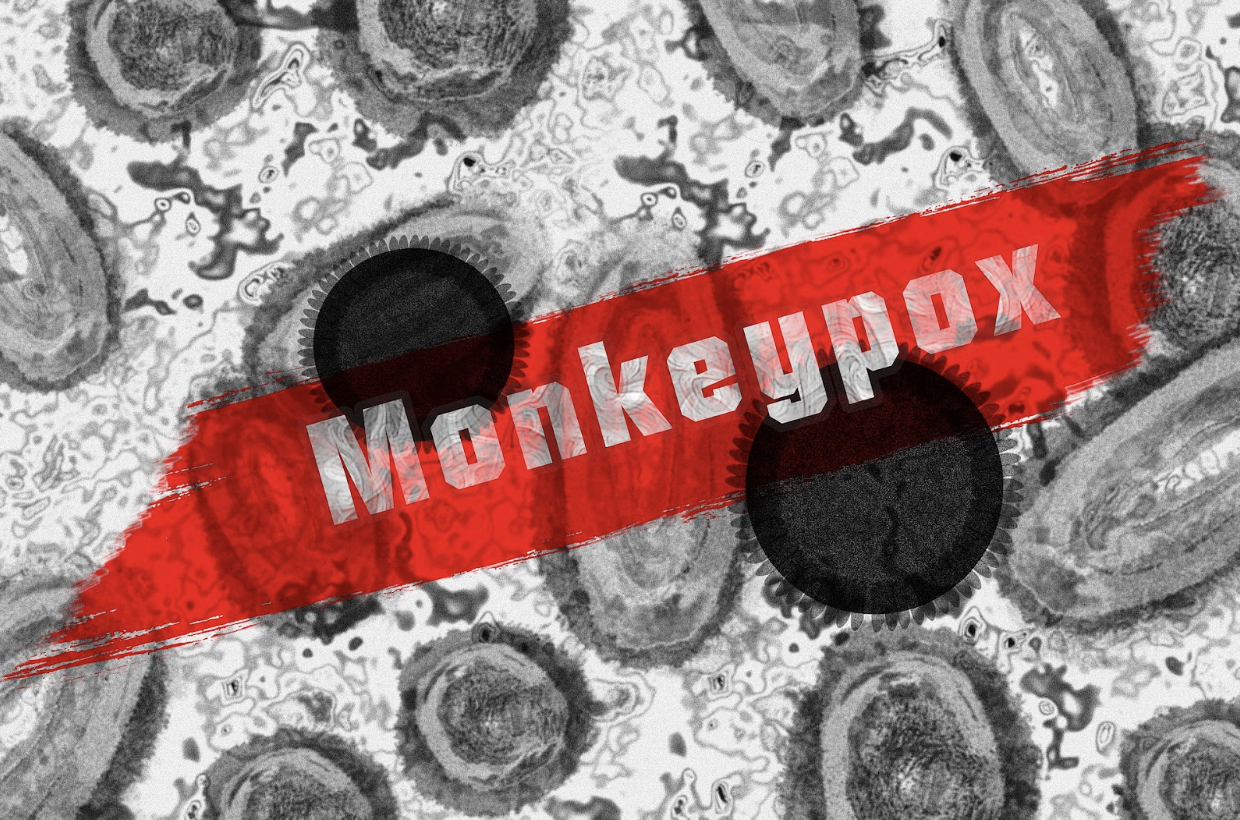
[객원 에디터 3기 / 정연우 기자] The monkeypox virus was first discovered in 1958 as a result of two outbreaks of “pox-like diseases” among monkey colonies. 12 years later, the first ever human case of monkeypox was recorded in the Democratic Republic of Congo, after which the disease spread through central and western Africa. However, its spread was largely confined to the African continent, with the only known case outside elsewhere linked to international travel. Fortunately, as both the Monkeypox and Smallpox belong to the Orthopoxvirus genus, the Smallpox vaccine has been proven to be very effective at curtailing Monkeypox symptoms, narrowing the compatibility filter.
Recently, on May 13th 2022, monkeypox cases began to rise again after six cases were identified in the United States. Experts have pointed to the resurgence of international travel with the easing of Covid-19 restrictions; nonetheless, the patients were found to have had no connections or history with previously endemic regions nor with previous monkeypox cases, making the causes of origins a mystery. By May 21st 2022, Portugal, Spain and the United Kingdom have accumulated 21-30 confirmed cases, and a total of 92 confirmed cases from all non-endemic countries combined.
As the virus’ incubation period is estimated to be around 12 days and the majority of monkeypox patients are asymptomatic or experience generic symptoms like fevers, chills, muscle, and headaches, recognizing the virus is difficult. With the currently available information, the World Health Organization has suggested that human transmissions of the virus are most likely mediated by lesions, body fluids, respiratory droplets, and/or contaminated materials.
The spread of the virus has been faster than what health experts have expected, with around 226 confirmed cases over 21 countries according to the most recent data. Although the spread of the monekypox virus may be dwarfed by the ongoing Covid-19 pandemic and exhibits a relatively low fatality rate of 3–6%, it is crucial for leaders and policymakers across the globe to distribute important information and treatment methods to everyday citizens so that we can prevent the rise of another global pandemic and viral mutations early on.
Sources: WHO, NSW, CIDRAP, NDTV, Doctor Mike Hansen





